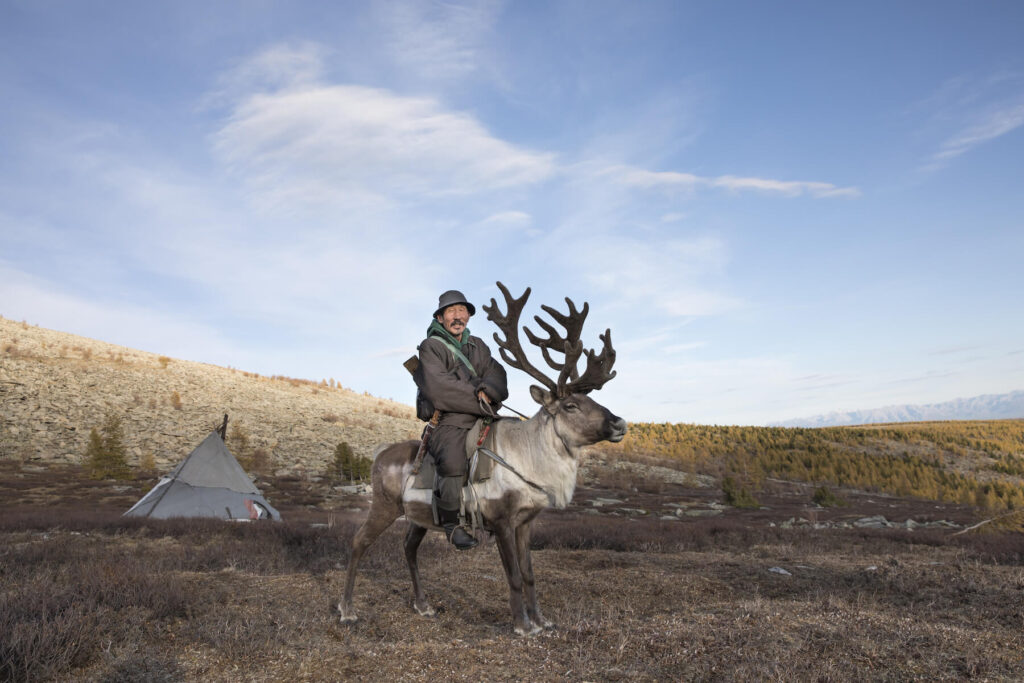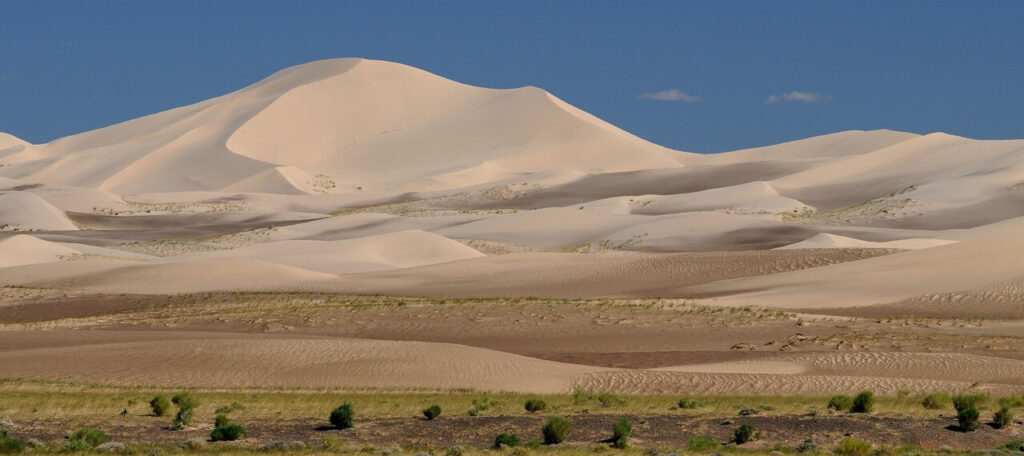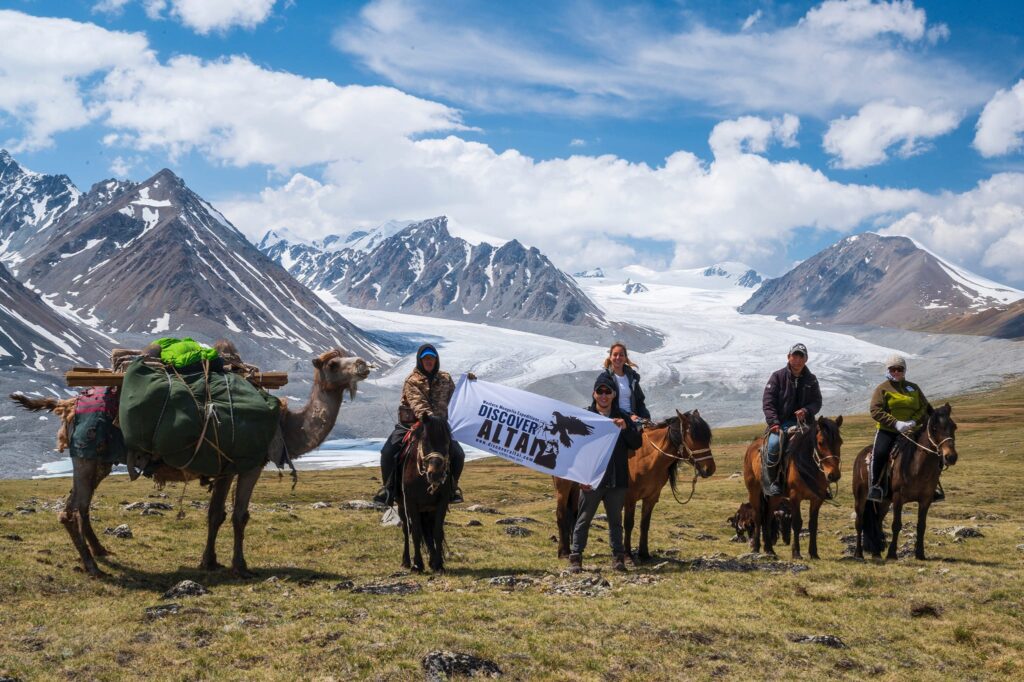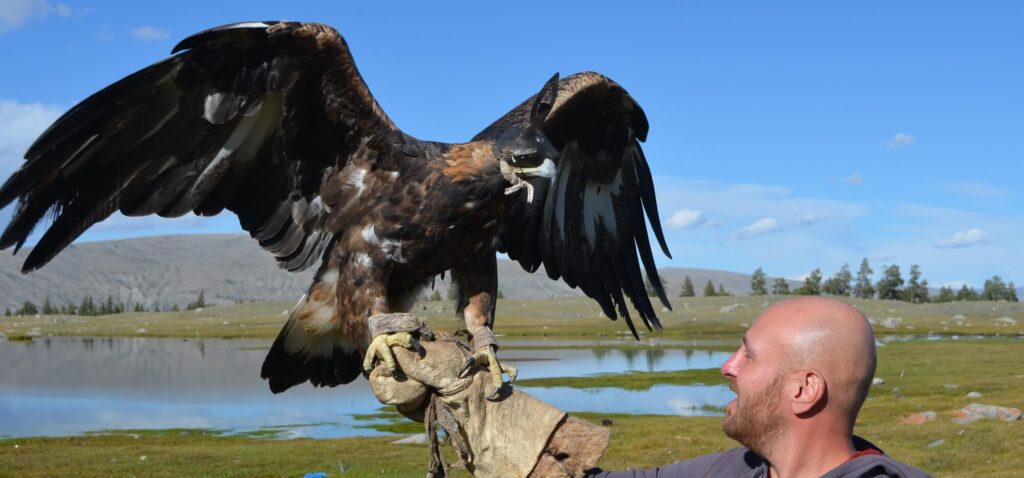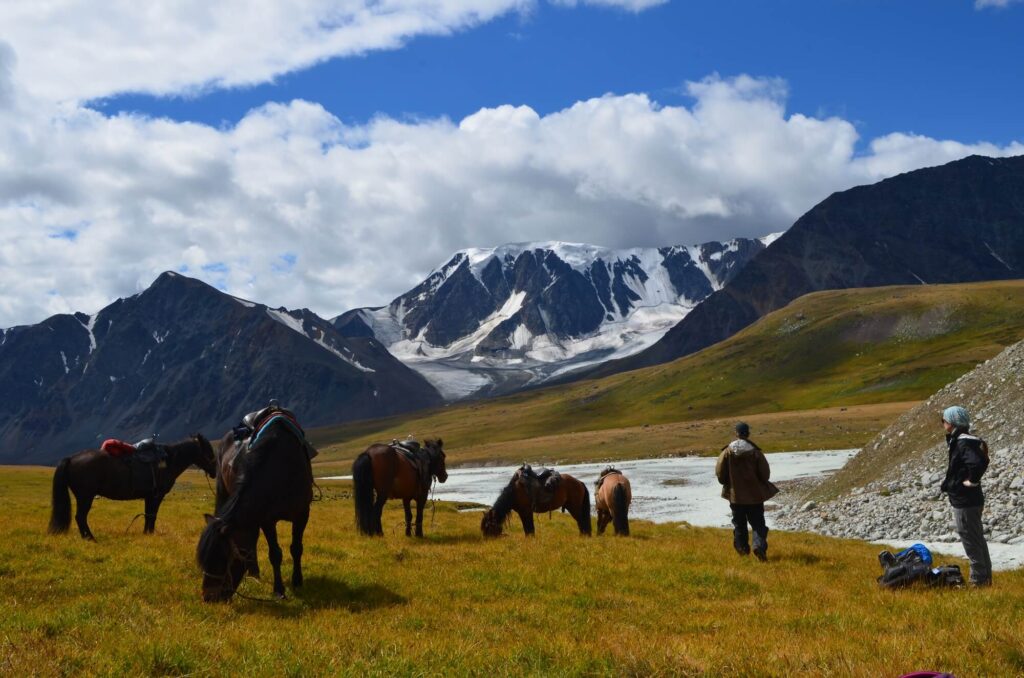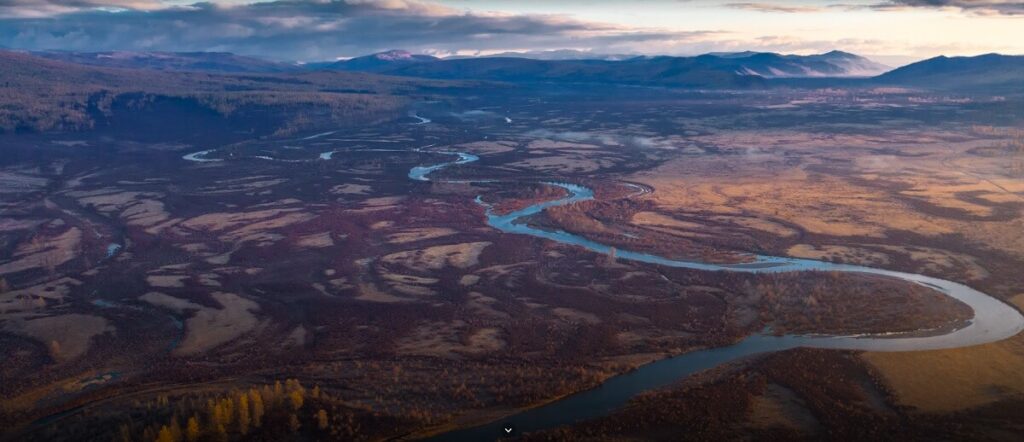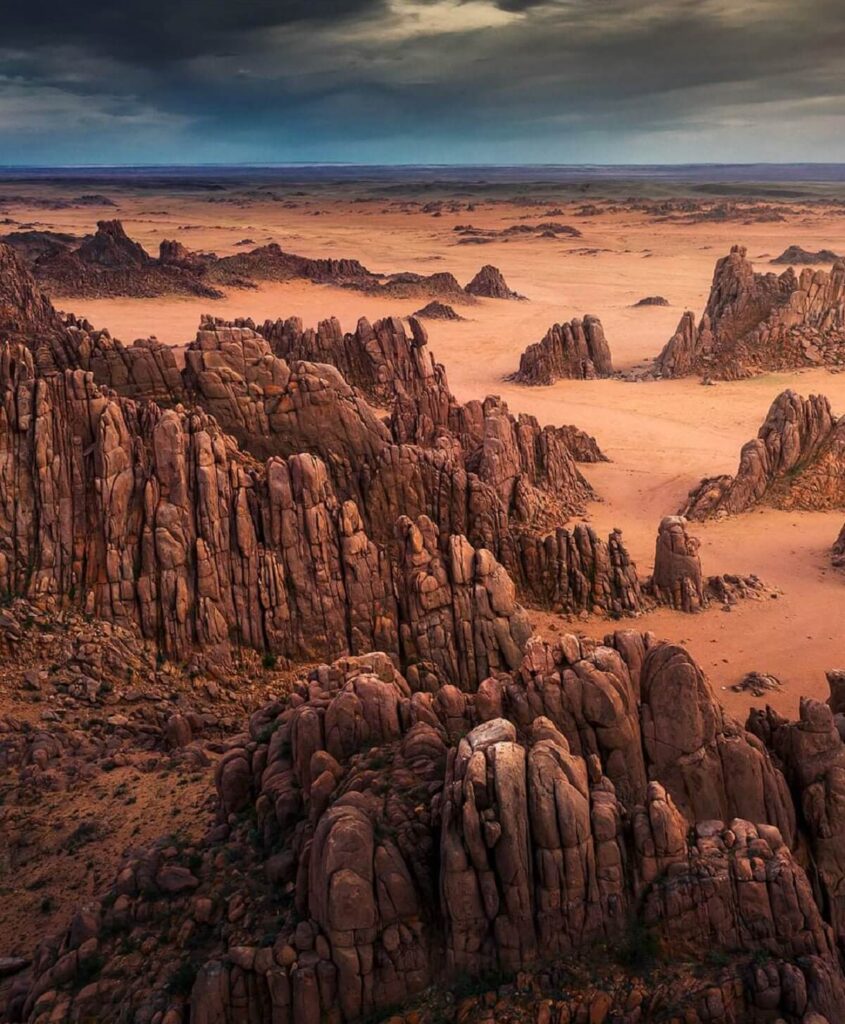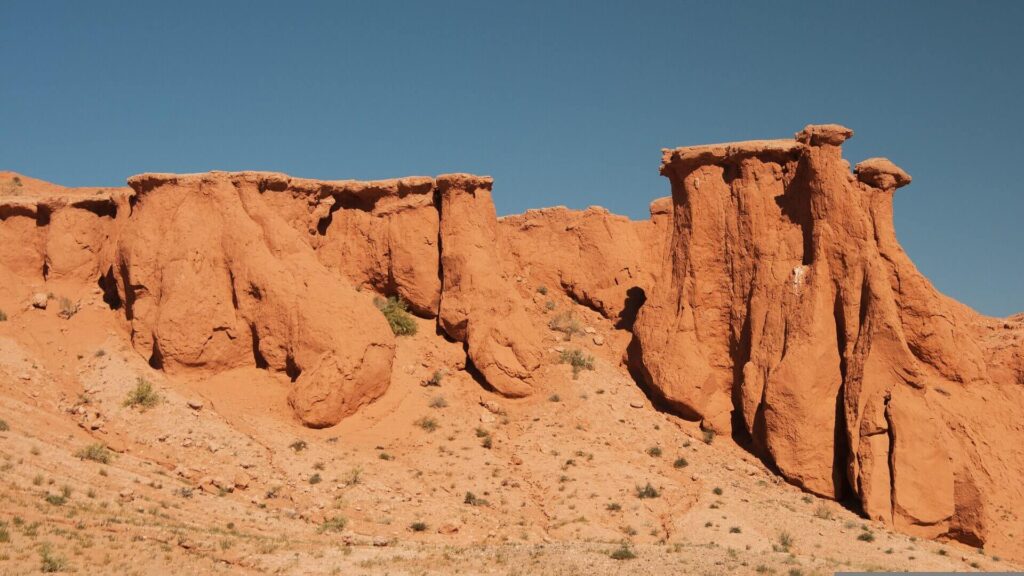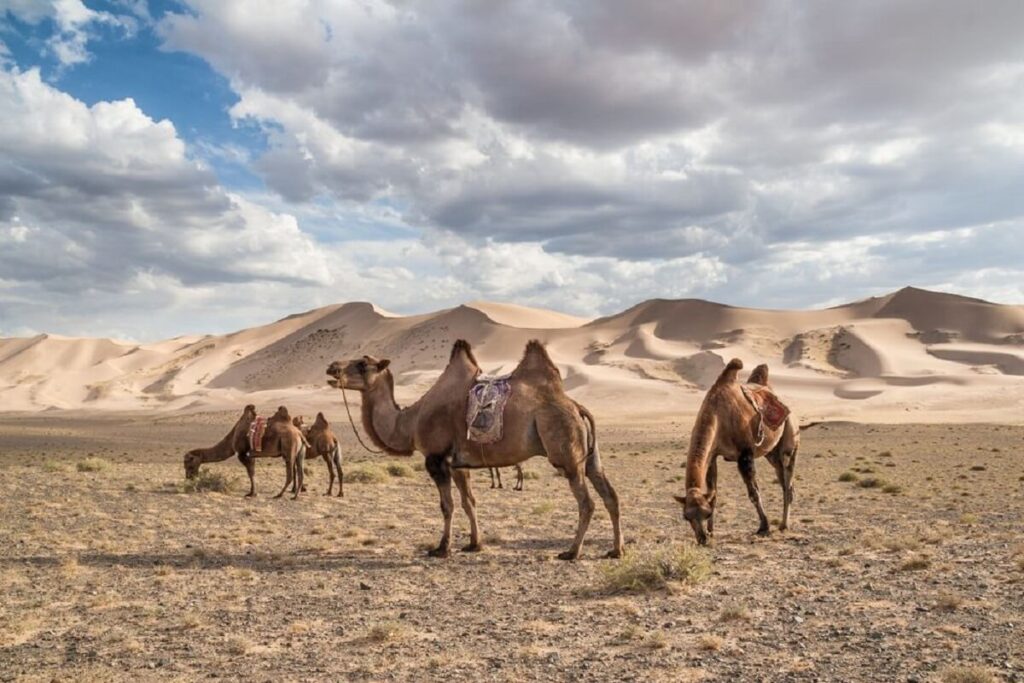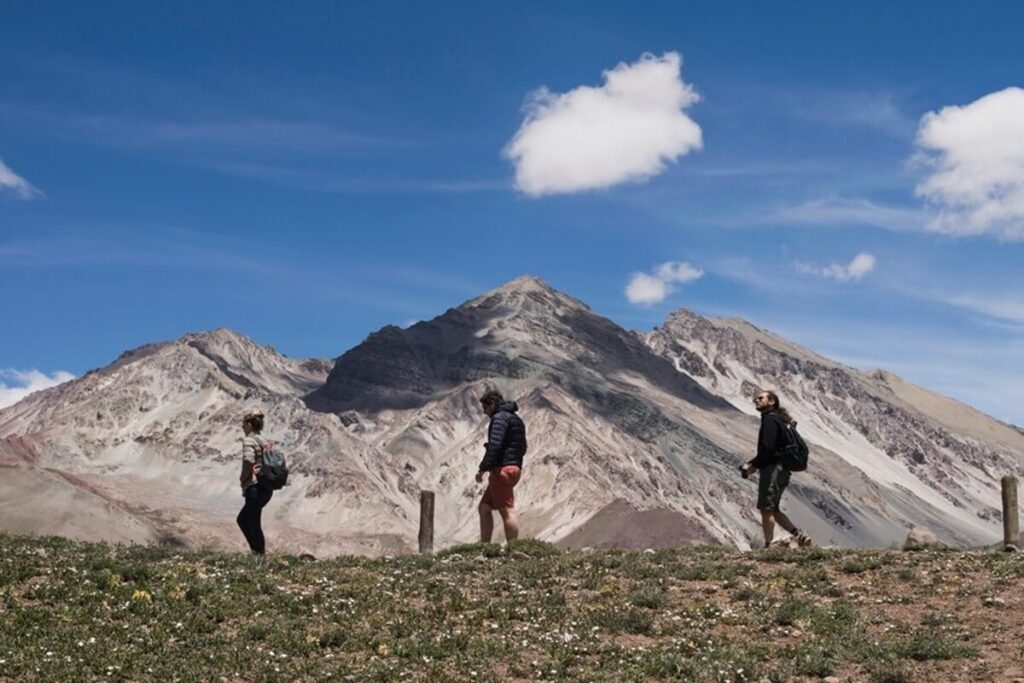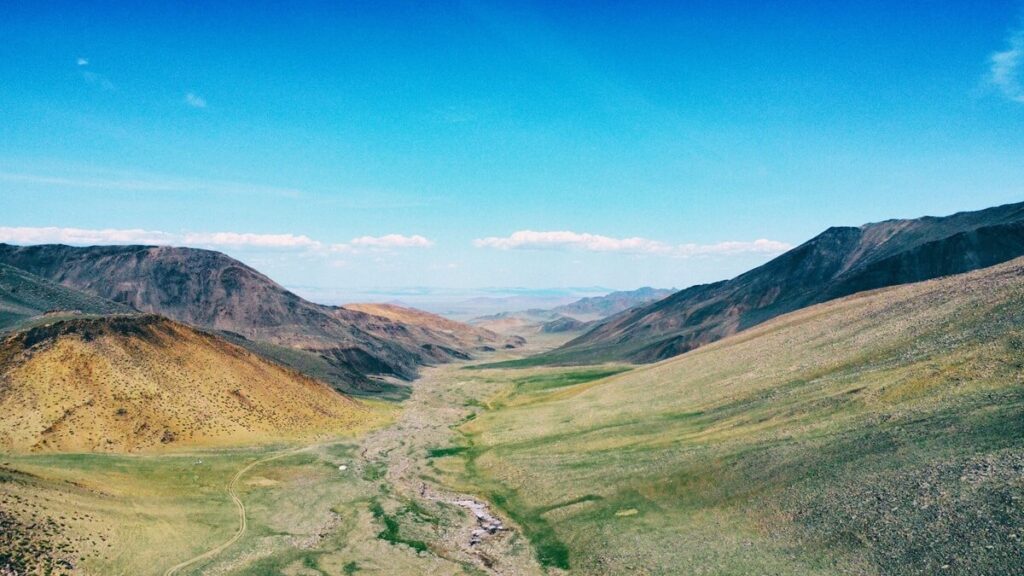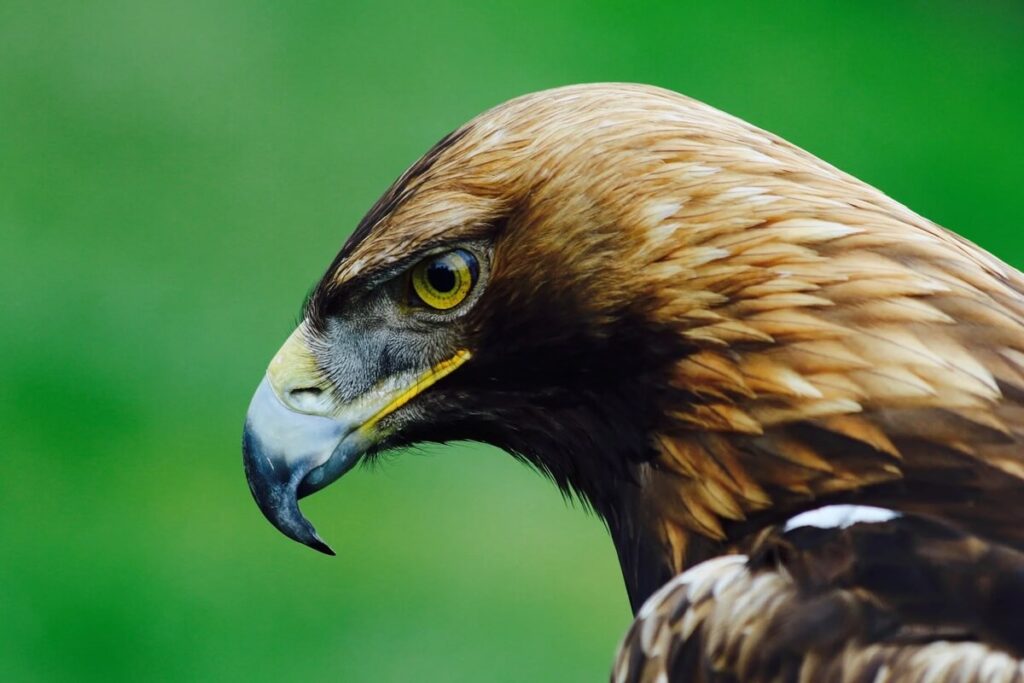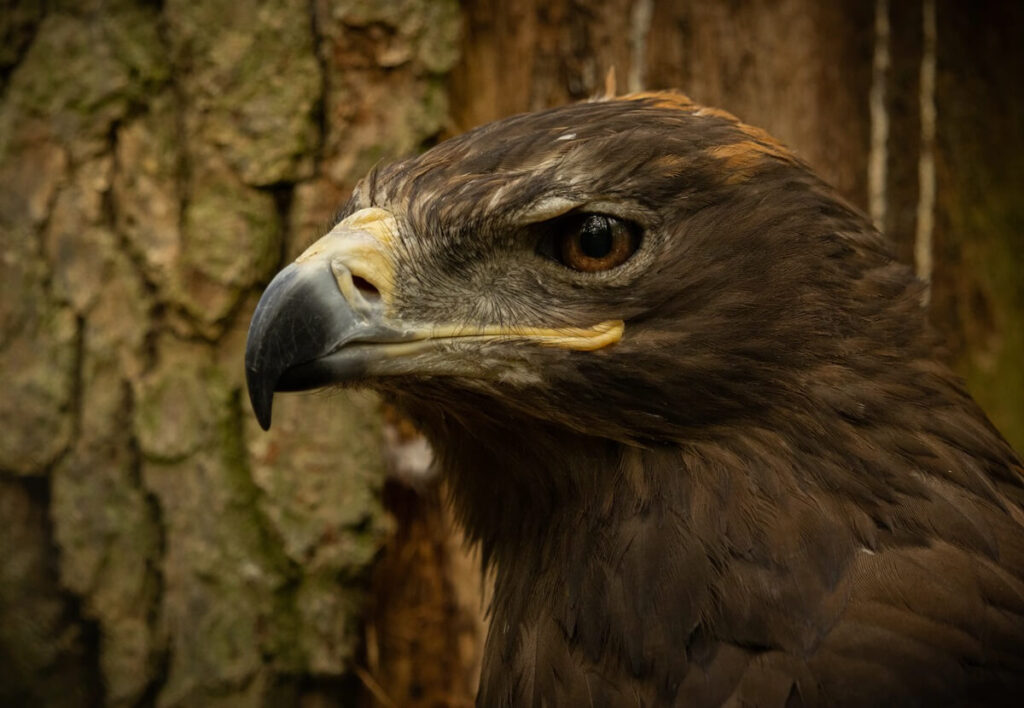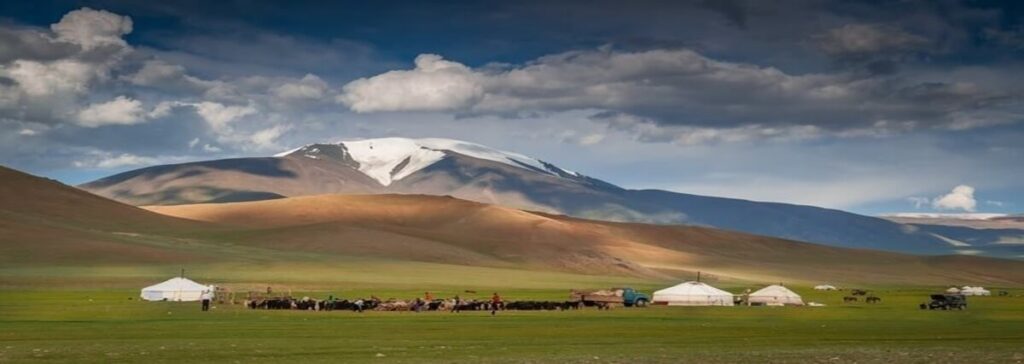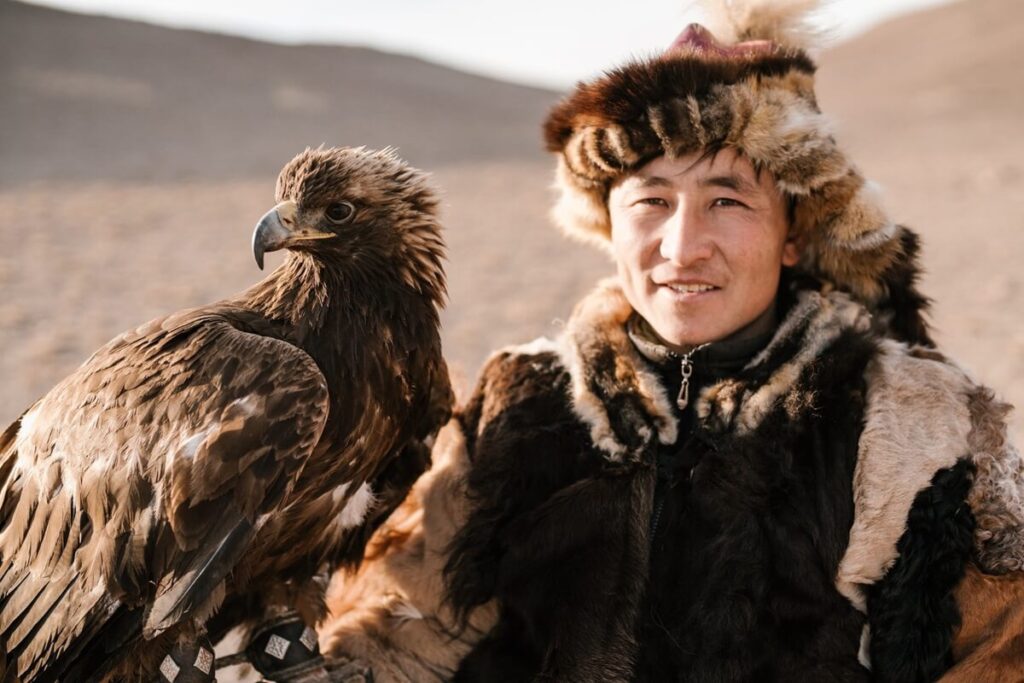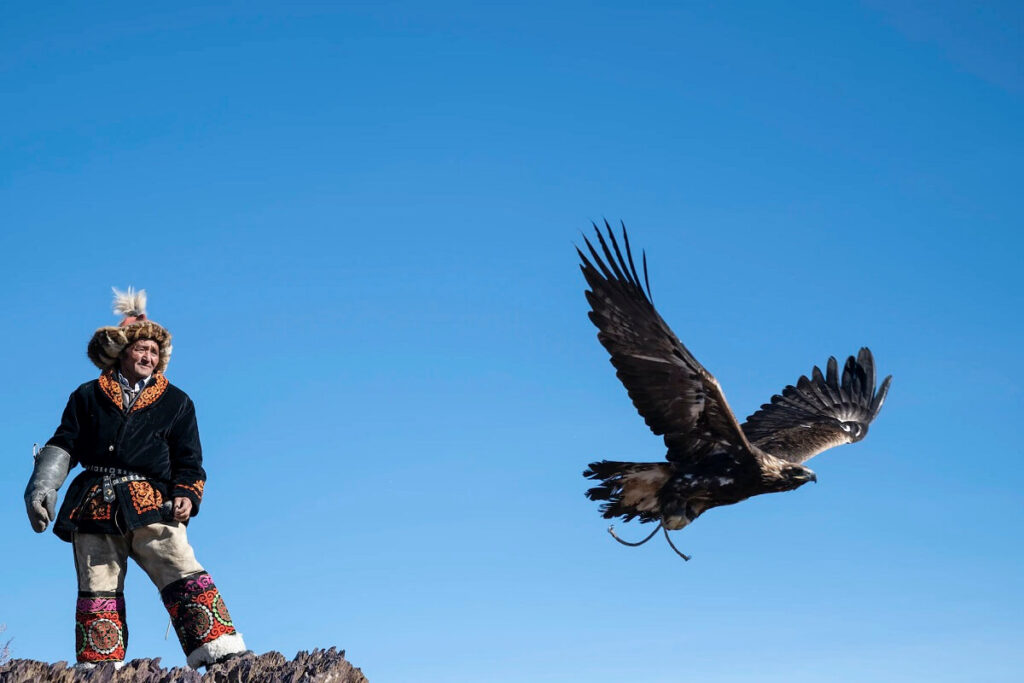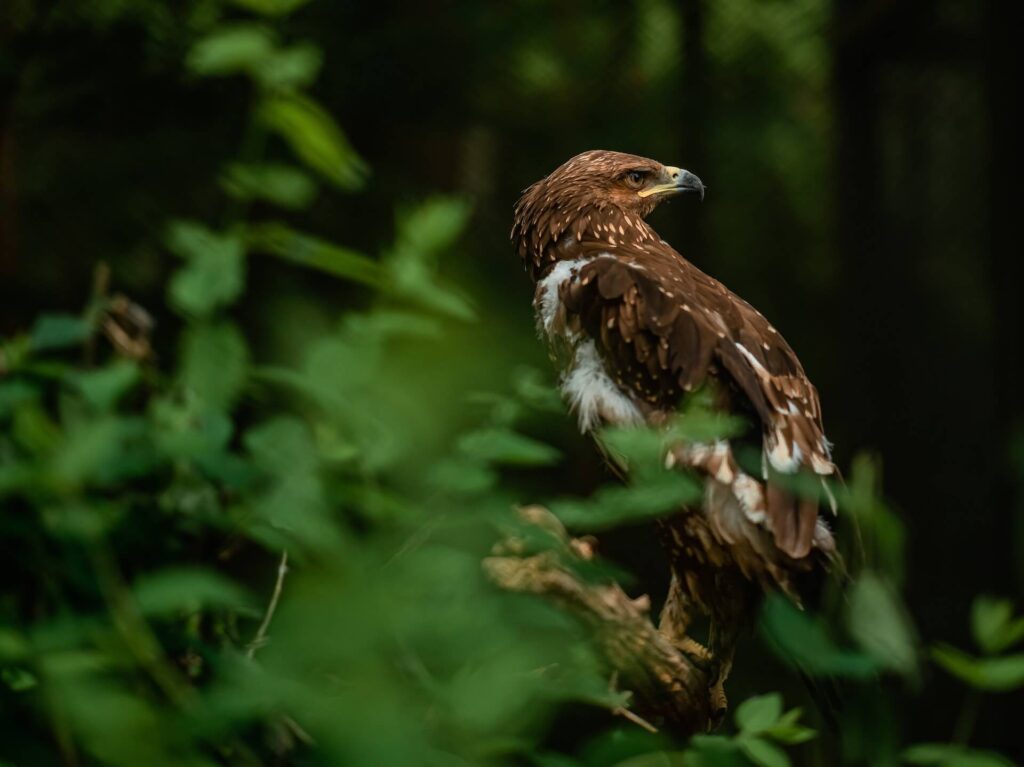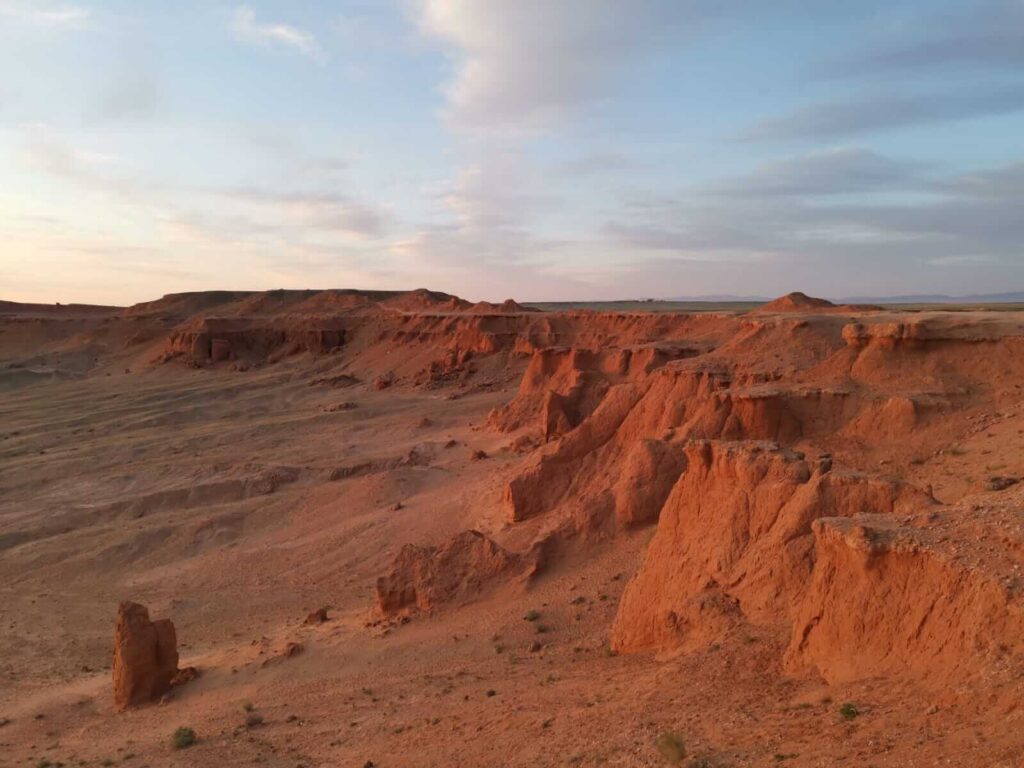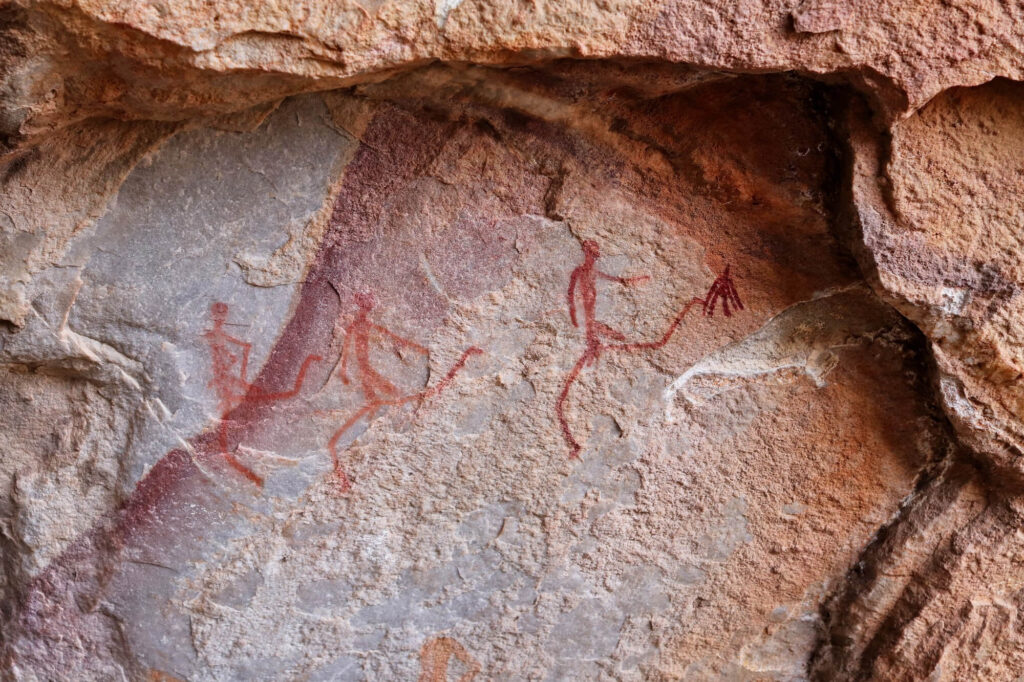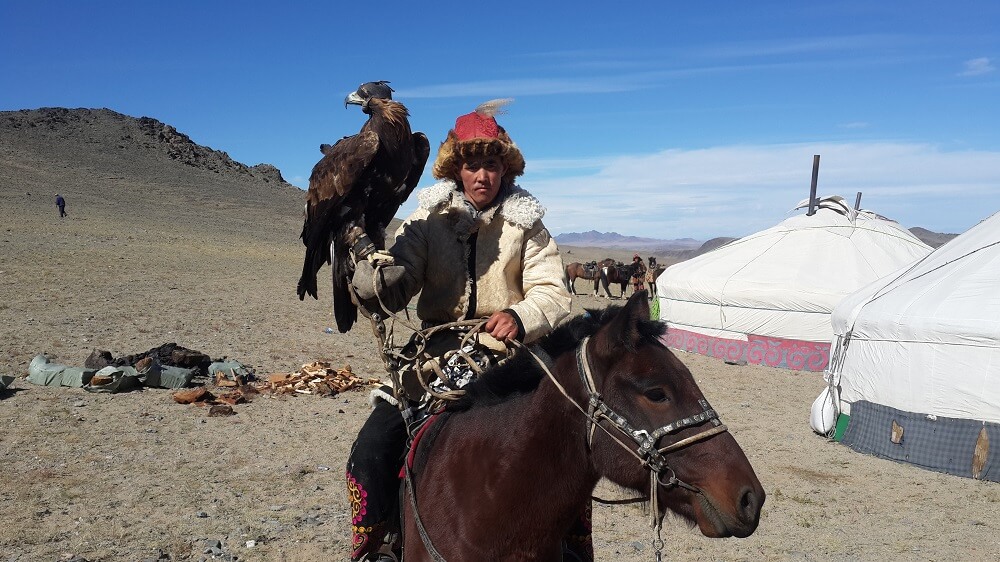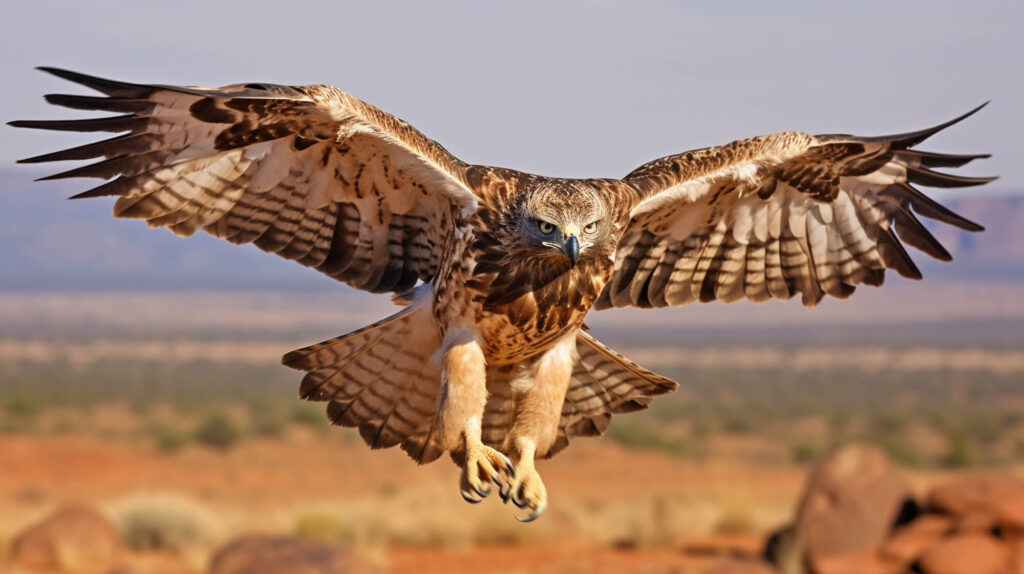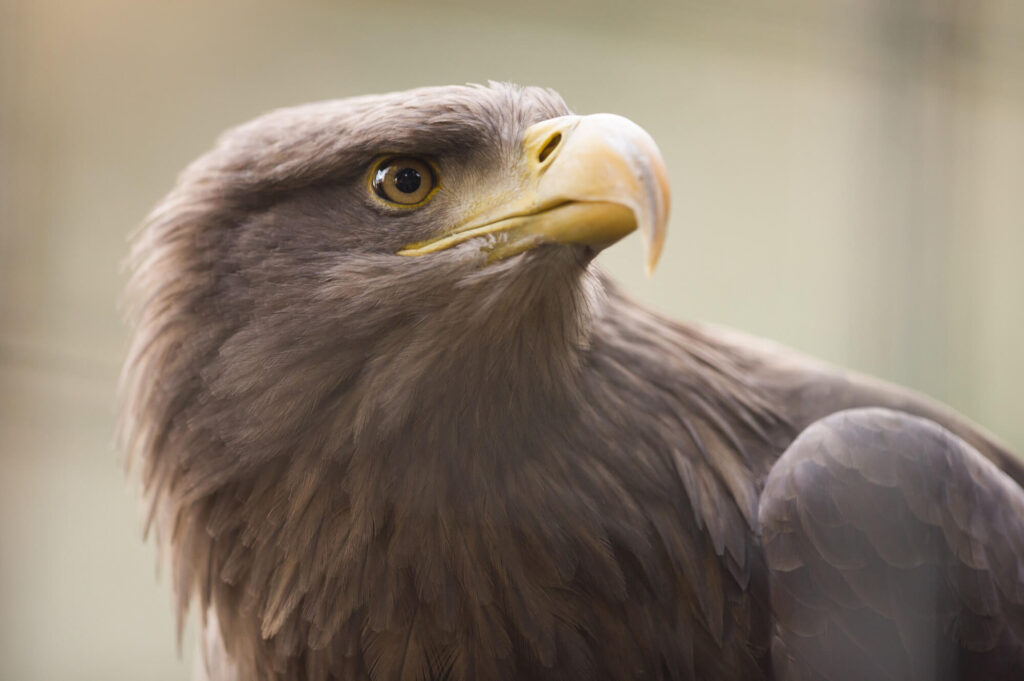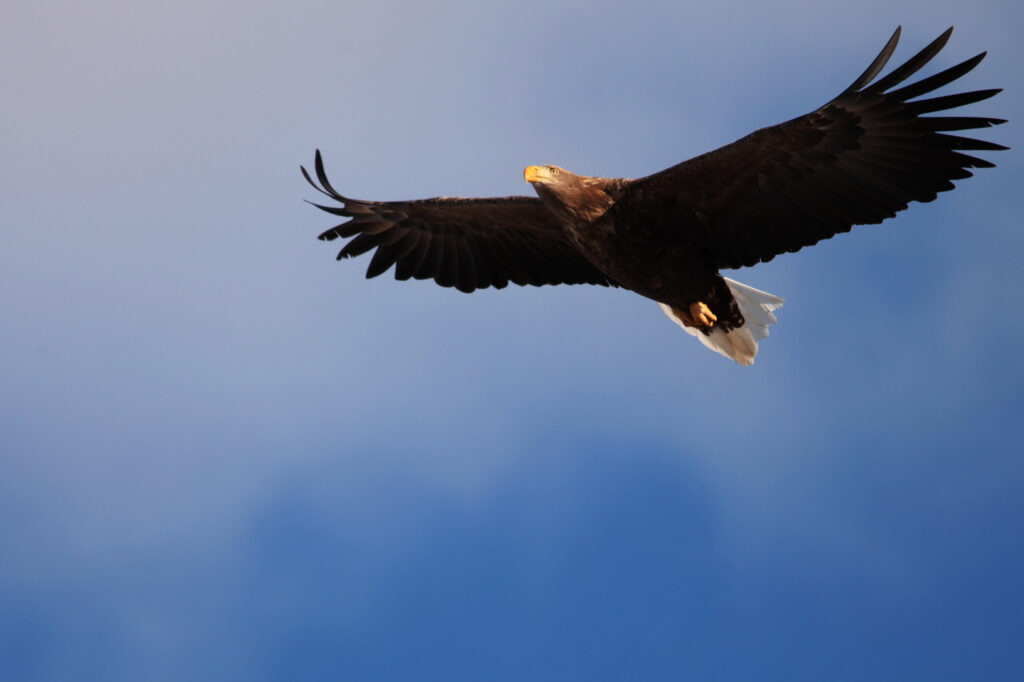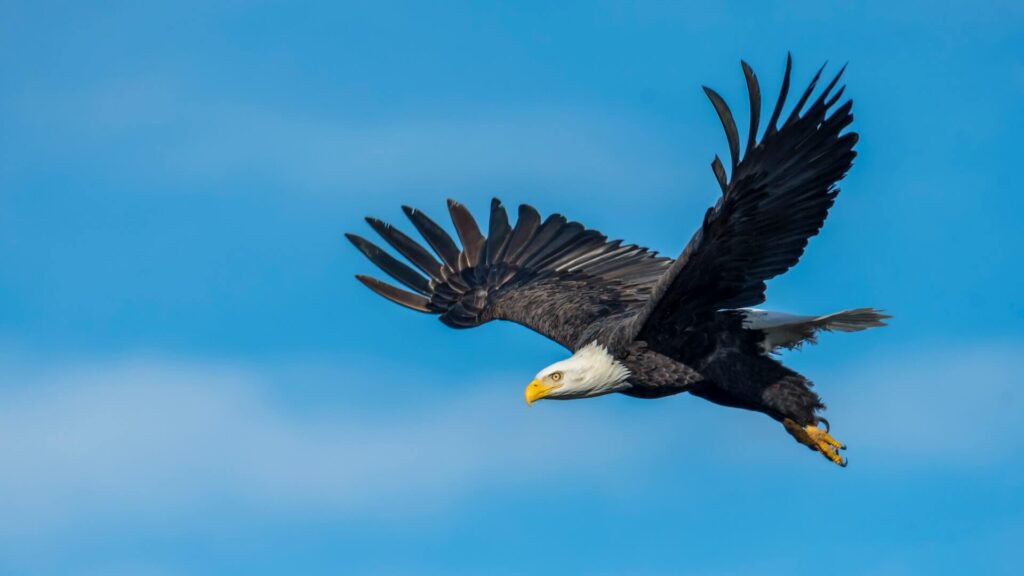Mongolian reindeer and tsaatan nomads – The Tsaatan people, also known as the Dukha, are a small Tuvan Turkic community of reindeer herders living in northern Mongolia’s Khövsgöl Aimag, near the Siberian border.
Their culture, history, and way of life are deeply intertwined with the domestication of reindeer, an integral aspect of their nomadic lifestyle that distinguishes them from other Mongolian ethnic groups.
We suggest you NORTHERN MONGOLIA TRAVEL AND KHUVSGUL’S TSAATAN HOMESTAYS. It will be amazing 🤩🤩
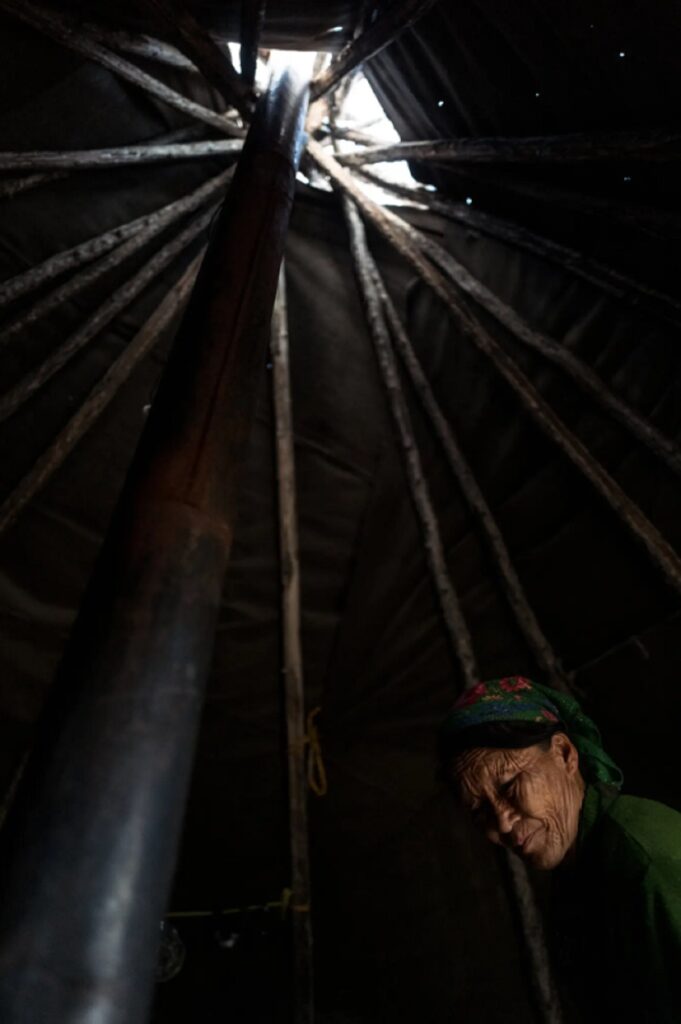
Culture
- Reindeer Herding: Central to their culture, reindeer are not only used for transportation but also provide milk, cheese, and meat. Importantly, reindeer play a significant role in the Tsaatan’s spiritual and social lives, embodying a totemic significance.
- Nomadic Lifestyle: The Tsaatan are one of the few remaining nomadic reindeer herders in the world. Their movements are dictated by the needs of their reindeer, moving between summer and winter pastures.
- Shamanism: Shamanistic practices are a vital part of their spiritual life, with rituals and ceremonies intended to communicate with the spirit world, often for healing purposes or to ensure good fortune.
History
- Origins: The Tsaatan’s ancestors are believed to have migrated to the region thousands of years ago from what is now the Tuva Republic of Russia.
- Recent Challenges: In recent decades, their way of life has faced numerous challenges, including climate change affecting pasture lands, pressure from mining interests, and the encroachment of modernity.
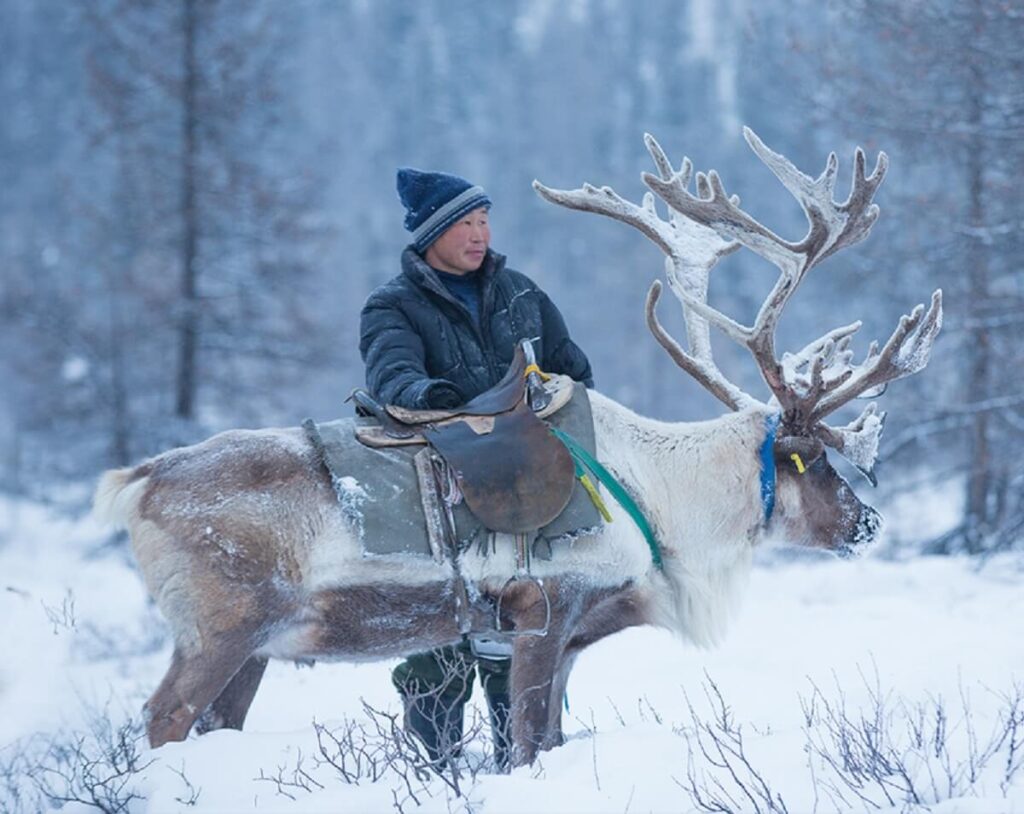
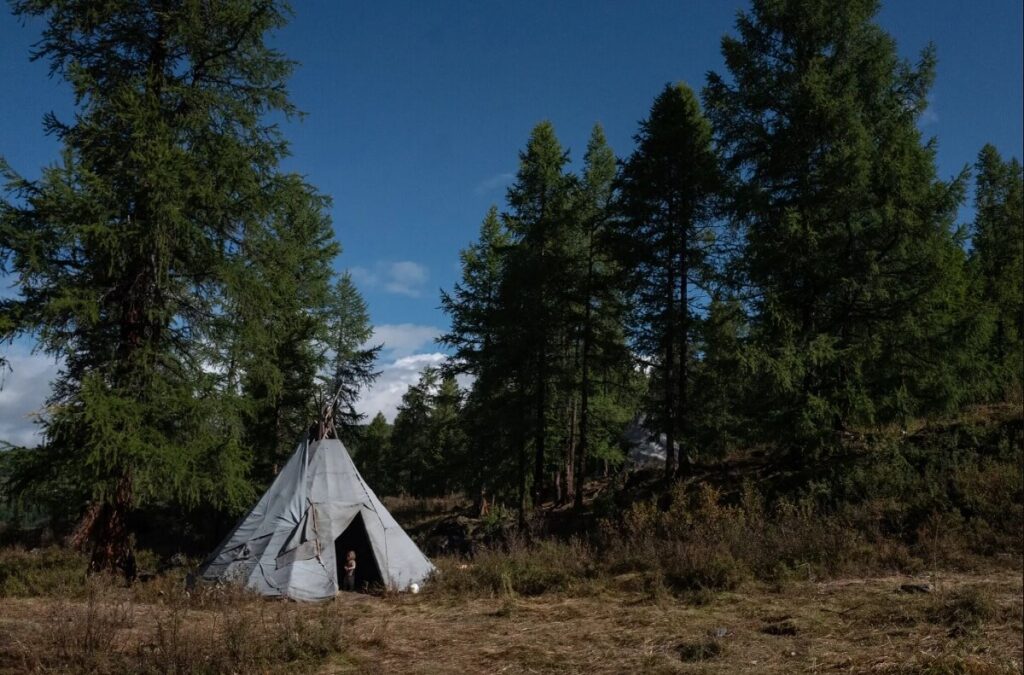
Facts
- Population: The Tsaatan community is small, consisting of only a few hundred individuals.
- Language: They speak a dialect of Tuvan, reflecting their Turkic roots.
- Sustainable Lifestyle: Their nomadic lifestyle embodies principles of sustainability and harmony with nature, though modern challenges have put these practices under pressure.
Nomads’ Experience
- Harsh Conditions: Life as a Tsaatan nomad involves enduring harsh weather conditions and a constant search for grazing land for the reindeer.
- Community and Isolation: While they have a strong sense of community, their nomadic lifestyle can also lead to isolation, being far removed from urban centers.
- Tourism Impact: In recent years, the Tsaatan have become a subject of interest for eco-tourism and cultural tourism, providing them with an additional source of income but also posing challenges to their traditional way of life.
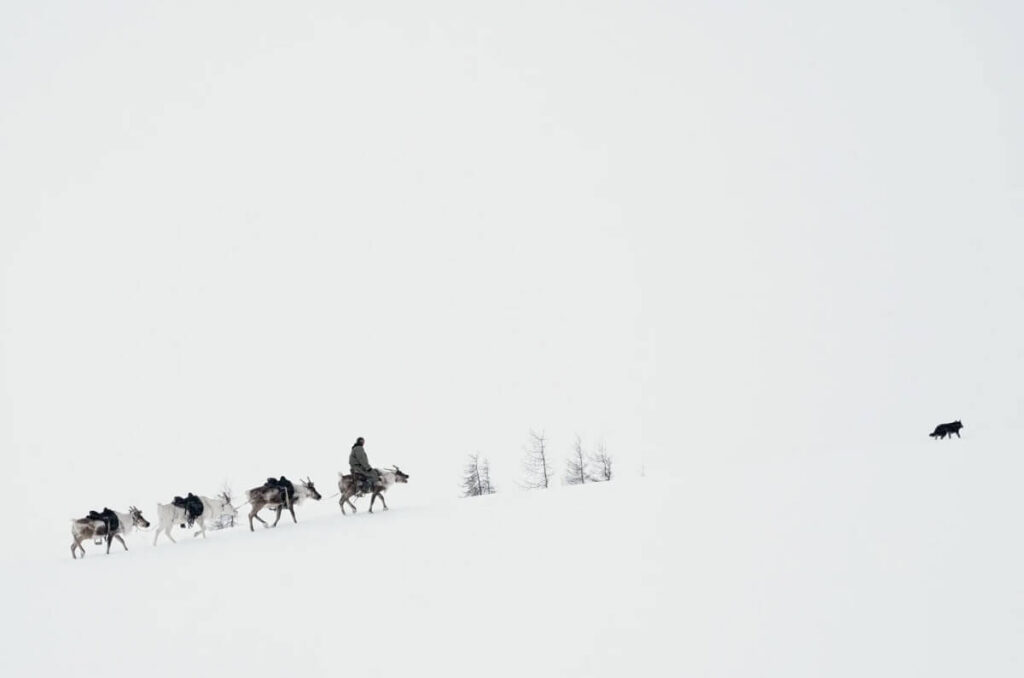
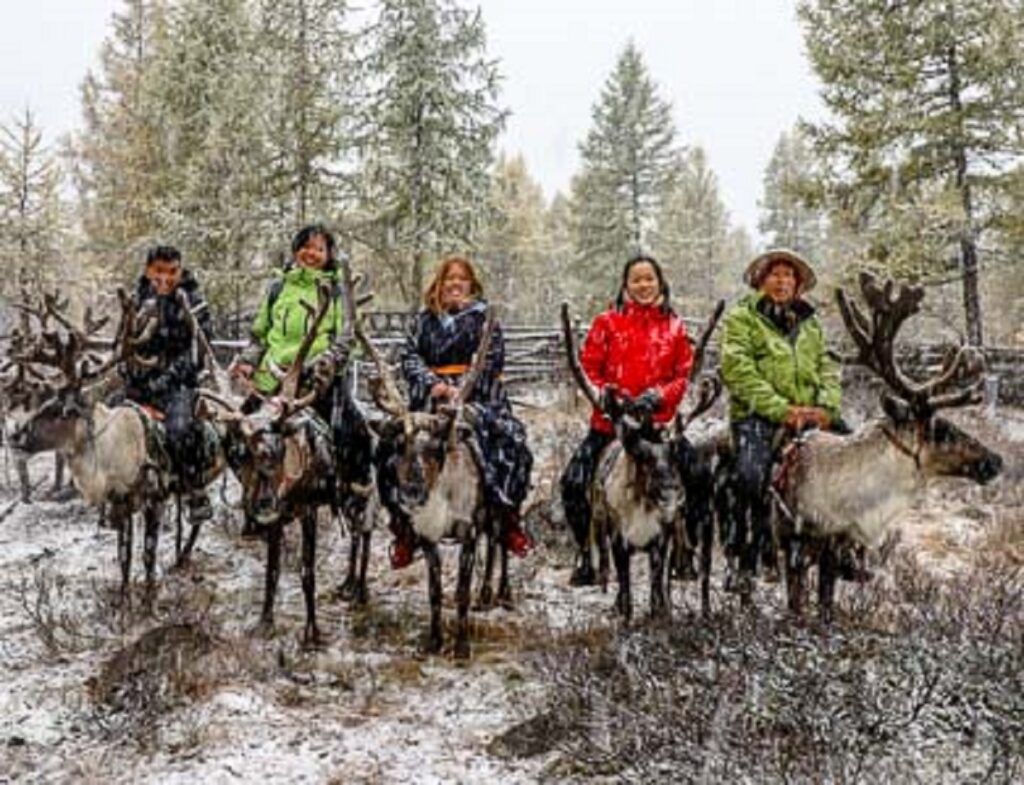
How do the Reindeer People/ Tsaatan of Dukha tribe make money or living?
Traditional Sources of Income
- Reindeer Products: The core of their economy revolves around the herding and breeding of reindeer. Products derived from reindeer, such as milk, cheese, and occasionally meat, are fundamental. Reindeer milk is particularly valued for its high fat content and is used to make cheese and other dairy products.
- Crafts and Artifacts: They create and sell various handicrafts, including items made from reindeer antlers, skins, and bones. These traditional crafts are sought after by collectors and tourists alike for their uniqueness and cultural significance.
Modern Adaptations
- Tourism: With the growing interest in unique cultures and sustainable lifestyles, eco-tourism and cultural tourism have become significant sources of income for the Tsaatan. They offer homestays, cultural experiences, and guided tours for tourists looking to learn about their way of life. This interaction with tourists provides a valuable source of revenue while also raising awareness about their culture and the challenges they face.
- Photography and Documentaries: The Tsaatan’s unique lifestyle and picturesque environment attract photographers and documentary filmmakers. Collaborations with such individuals and groups can provide the Tsaatan with additional income and international exposure.
How to travel to Taiga and visit Reindeer people?
1. Research and Plan
- Learn About the Culture: Before planning your visit, it’s crucial to learn about the Tsaatan culture, their lifestyle, and the challenges they face. This knowledge will help you approach the community with the respect and sensitivity they deserve.
- Decide When to Go: The best time to visit the Tsaatan is during the summer months (June to September) when the weather is more favorable for trekking in the Taiga.
2. Choose a Responsible Tour Operator
- Select Ethical Tours: Look for tour operators that prioritize ethical interactions with indigenous communities and the preservation of their environment. It’s essential to choose a tour that contributes positively to the local community and minimizes environmental impact.
- Check Reviews and Credentials: Do your research on tour operators, checking reviews and their commitment to sustainable and responsible tourism.
3. Getting There
- Travel to Mongolia: Most international travelers will fly into Ulaanbaatar, the capital of Mongolia.
- Domestic Travel: From Ulaanbaatar, you will likely need to take a domestic flight to Murun, the capital of Khövsgöl Aimag. The journey continues with a combination of vehicle transport and horseback riding to reach the more remote areas where the Tsaatan live.
4. Prepare for the Trip
- Visa Requirements: Check Mongolia’s visa requirements for your nationality. Many travelers will need to apply for a visa in advance.
- Packing Essentials: Prepare for a range of weather conditions and pack accordingly. Essential items include warm clothing, rain gear, hiking boots, and camping equipment if your tour includes overnight stays in the Taiga.
- Health Precautions: Consult with a travel health specialist for vaccinations or health advice. Bring any necessary medications and first aid supplies.
5. Respect Local Customs and Guidelines
- Follow Local Etiquette: Show respect for the Tsaatan way of life. This includes asking permission before taking photographs, dressing modestly, and adhering to any guidelines provided by your tour guide or the community.
- Support the Community: Purchase handicrafts directly from the community if possible, and consider any community guidelines or contributions suggested by your tour operator.
The Tsaatan nomads represent a unique cultural and historical heritage, offering insights into a way of life that has persisted for centuries in harmony with some of the planet’s most remote landscapes.
Their continued existence faces modern challenges, but their resilience and traditional practices continue to draw interest and admiration from around the world.


